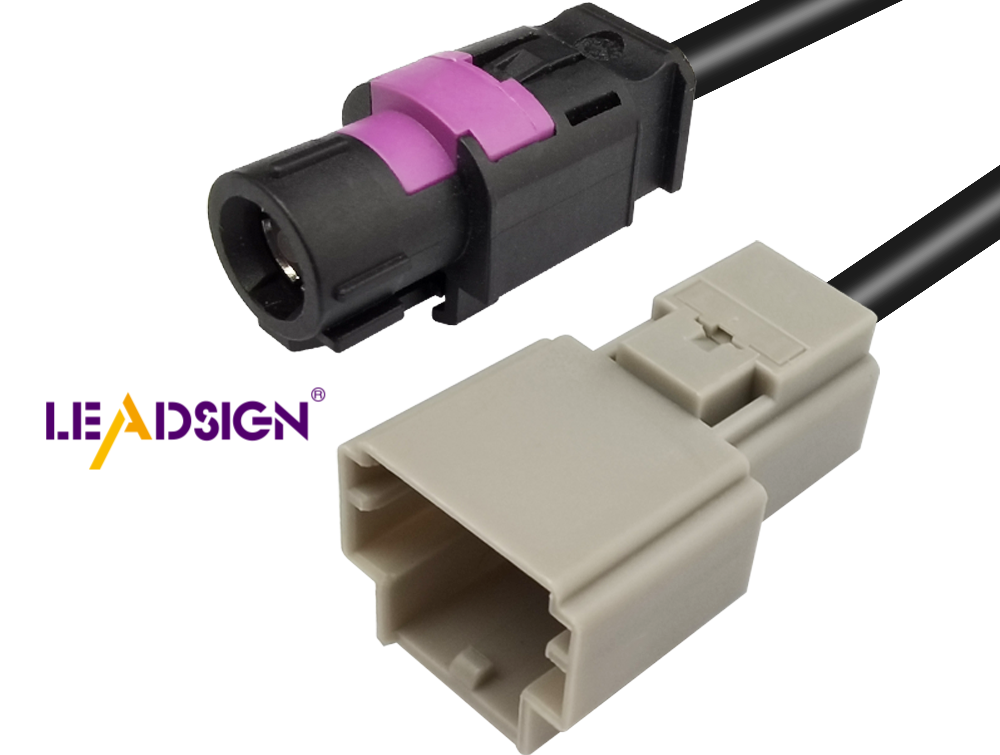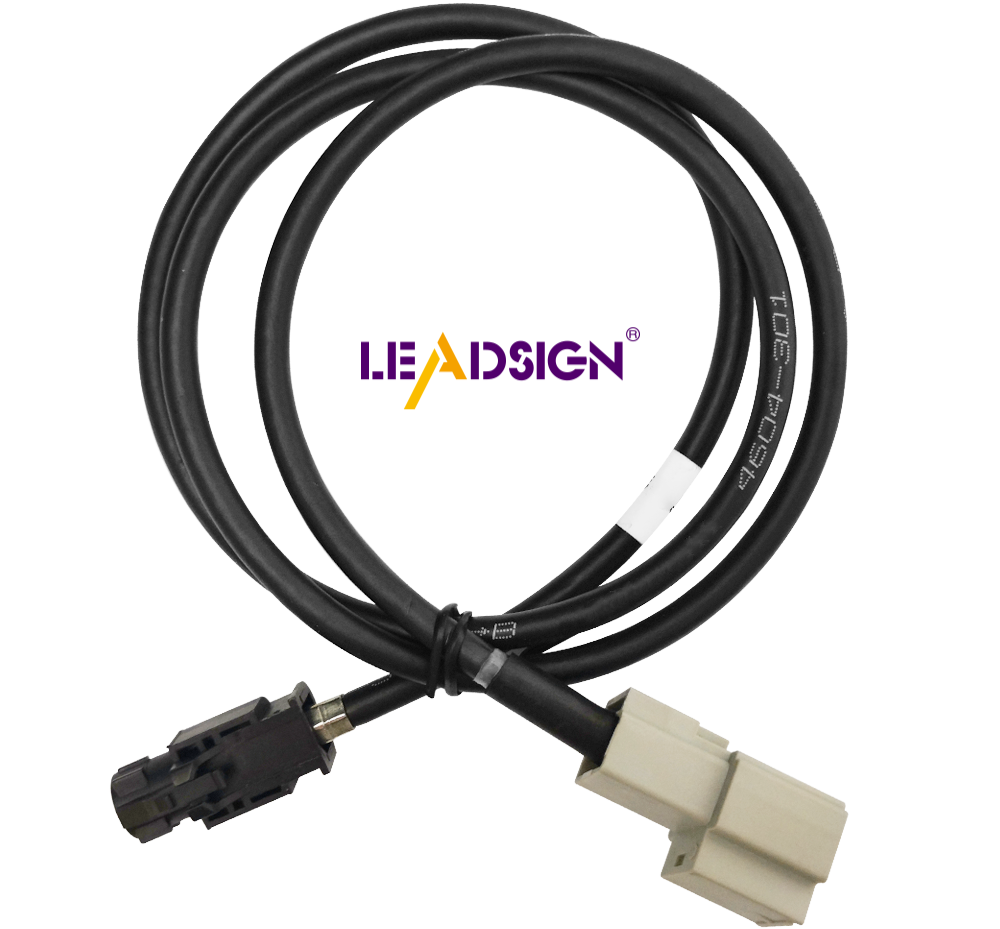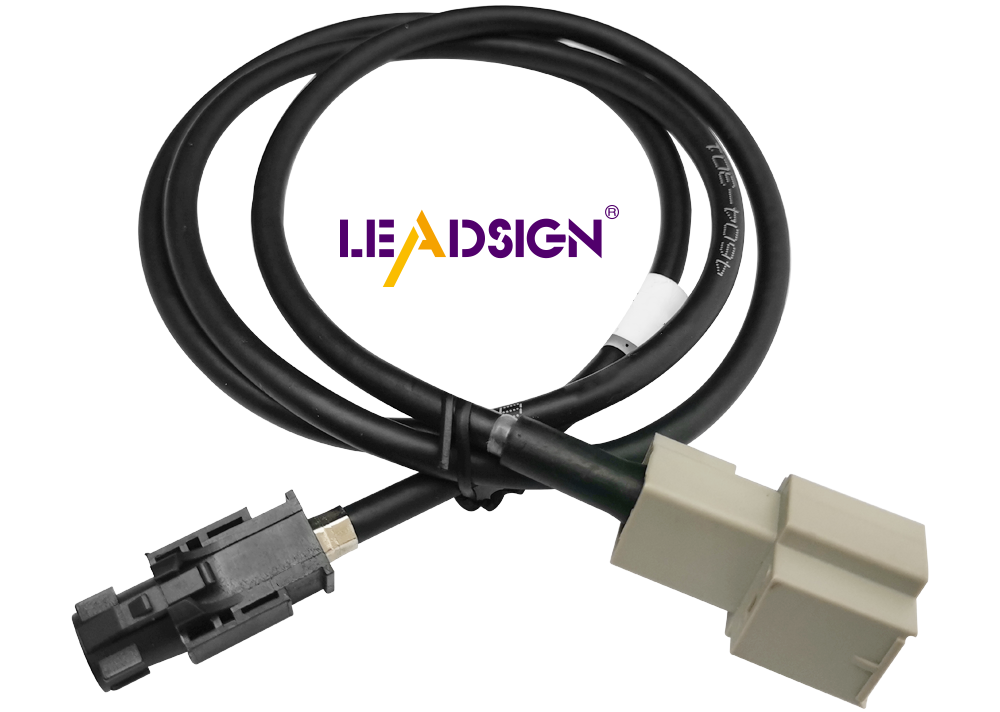Surprising Facts About HSD Cable vs. Speaker Cable

HSD cables and car audio speaker cables are designed for different functions. HSD cables, known for their high-speed data transmission capabilities, are widely used in automotive electronics and digital networks. The construction of HSD cables is specifically engineered to prevent crosstalk, thereby enhancing audio quality in sophisticated systems. On the other hand, car audio speaker cables are primarily focused on delivering clear sound. The resistance of these cables is a critical factor, with standard 10 or 12 AWG cables being suitable for most applications. While speaker cables may not require the same level of precision as HSD cables, each type offers distinct advantages tailored to specific requirements.
Understanding HSD Cables
Construction and Design
HSD cables feature advanced construction techniques. Engineers use high-quality materials to ensure durability and performance. Copper and aluminum often serve as the primary conductors. These metals offer excellent conductivity, which is crucial for efficient data transmission.
Materials Used
Manufacturers select materials based on their ability to conduct electricity. Copper provides superior conductivity. Aluminum offers a lightweight alternative. Both materials contribute to the overall efficiency of HSD cables.
Shielding Techniques
Proper shielding plays a vital role in HSD cables. Engineers design these cables to minimize interference. Shielding techniques prevent crosstalk between signals. This ensures clear and reliable data transmission.
Performance Characteristics
HSD cables excel in delivering high-speed data. The design focuses on maintaining signal integrity. This makes them ideal for demanding applications.
Data Transmission Speed
HSD cables support rapid data transfer. High-speed capabilities make them suitable for automotive electronics. Users benefit from quick and efficient communication between devices.
Signal Integrity
Signal integrity remains a priority in HSD cable design. Engineers implement techniques to reduce signal loss. This results in consistent and reliable performance. Users experience fewer disruptions during data transmission.
Cost Considerations
HSD cables often come with a higher price tag. The cost reflects the quality and performance benefits. Users should consider both price and value when making a purchase.
Price Range
The price of HSD cables varies. Factors such as materials and construction influence cost. Users should expect to pay more for high-quality options.
Value for Money
Investing in HSD cables offers long-term benefits. The enhanced performance justifies the cost. Users gain reliable data transmission and reduced interference. This makes HSD cables a valuable choice for many applications.
Understanding Speaker Cables
Construction and Design
Car audio speaker cables play a crucial role in sound systems. The design focuses on delivering clear audio signals. Engineers prioritize materials and construction techniques to ensure optimal performance.
Materials Used
Manufacturers select materials that offer low resistance. Copper remains a popular choice due to its excellent conductivity. Some cables use silver for enhanced performance. The right material ensures efficient signal transmission.
Cable Gauge
The gauge of a speaker cable affects its performance. A lower gauge number indicates a thicker cable. Thicker cables reduce resistance and improve audio quality. Speaker cables with a gauge of 12 AWG or lower are recommended. This ensures minimal loss of signal strength.
Performance Characteristics
Performance characteristics define the effectiveness of speaker cables. Engineers focus on maintaining high-quality audio signals. Resistance and capacitance are key factors in this process.
Audio Signal Quality
Audio signal quality depends on the cable's ability to transmit sound without distortion. High-quality speaker cables deliver clear and crisp audio. The choice of materials and construction techniques impacts this quality. Users experience better sound when using well-designed cables.
Resistance and Capacitance
Resistance and capacitance influence the performance of speaker cables. Low resistance allows for efficient signal flow. Capacitance affects the cable's ability to store and release electrical energy. Engineers aim to minimize both factors for optimal performance.
Cost Considerations
Cost considerations play a role in selecting speaker cables. Users should weigh price against performance benefits. The right choice offers value for money.
Price Range
The price of car audio speaker cables varies widely. Factors such as materials and construction impact cost. High-quality options may come at a premium. Users should consider their budget and requirements.
Value for Money
Investing in quality speaker cables provides long-term benefits. Enhanced audio performance justifies the cost. Users enjoy clear sound and reliable performance. This makes speaker cables a valuable addition to any audio system.
Comparing HSD Cables and Speaker Cables

Construction Differences
Material and Design Variations
HSD cables and car audio speaker cables differ significantly in construction. HSD cables use advanced materials like copper and aluminum to ensure high-speed data transmission. Engineers design these cables with precision to prevent crosstalk and maintain signal integrity. Car audio speaker cables prioritize low resistance and inductance. Manufacturers often use oxygen-free multistranded copper for optimal conductivity. The design of speaker cables focuses on delivering clear audio signals over short distances.
Performance Differences
Data vs. Audio Signal Transmission
HSD cables excel in data transmission. These cables support rapid communication between devices in automotive electronics and digital networks. The design of HSD cables ensures minimal interference and high signal integrity. Car audio speaker cables focus on transmitting audio signals without distortion. The performance of speaker cables depends on factors like resistance and capacitance. Engineers aim to minimize these factors to maintain high-quality sound.
Cost Differences
Overall Cost Analysis
HSD cables often come with a higher price tag due to their specialized construction and performance capabilities. Users pay more for the advanced materials and design techniques used in HSD cables. The investment in HSD cables offers long-term benefits in terms of reliable data transmission. Car audio speaker cables vary widely in price based on materials and construction. Users can find affordable options that deliver good audio performance. High-quality speaker cables may cost more but provide enhanced sound quality.
Advantages of HSD Cables
Prevention of Crosstalk
HSD cables excel in preventing crosstalk. Engineers design these cables with advanced shielding techniques. This design minimizes interference between signals. The result is a clear and reliable data transmission. Users experience fewer disruptions in communication. HSD cables maintain signal integrity in complex systems. This feature makes them ideal for high-performance applications.
How Crosstalk is Minimized
Crosstalk occurs when signals interfere with each other. HSD cables use specific materials to prevent this issue. Engineers incorporate shielding layers around conductors. These layers block external noise and interference. The design ensures that signals remain isolated. Users benefit from enhanced performance and reliability. HSD cables provide a stable connection in demanding environments.
Enhanced Audio Quality
HSD cables offer superior audio quality. The design focuses on maintaining high-definition sound. Users enjoy a richer and more detailed audio experience. The cables support the transmission of high-fidelity audio signals. This feature enhances the overall sound system performance. HSD cables deliver clear and crisp sound without distortion.
Impact on Sound Systems
Sound systems benefit greatly from HSD cables. The cables ensure accurate sound reproduction. Users experience improved clarity and depth in audio output. The design reduces signal loss during transmission. This results in a more immersive listening experience. HSD cables enhance the quality of music and dialogue. Users appreciate the noticeable improvement in sound quality.
Appropriate Contexts for Each Cable Type

HSD Cables in Automotive Electronics
HSD cables excel in automotive electronics. Engineers design these cables for high-speed data transmission. Automotive systems require reliable communication between components. HSD cables provide this reliability. The cables support various applications. These include infotainment systems, navigation, and safety features. High-definition video and audio signals benefit from HSD cables. The cables ensure minimal interference. Users experience clear and consistent performance.
Automotive manufacturers prefer HSD cables. The cables offer enhanced durability. Harsh environments demand robust solutions. HSD cables withstand temperature variations and vibrations. The cables maintain signal integrity under stress. This makes HSD cables ideal for automotive use. Users enjoy seamless connectivity and improved functionality.
Speaker Cables in Home Audio Systems
Car audio speaker cables suit home audio systems well. Users prioritize sound quality in home setups. Car audio speaker cables deliver clear audio signals. The cables minimize resistance and capacitance. This ensures efficient signal flow. Users experience rich and detailed sound. Home theaters and music systems benefit from quality speaker cables.
Selecting the right car audio speaker cable is crucial. Users should consider cable gauge and material. Thicker cables reduce resistance. Copper remains a popular choice for conductivity. Some situations require shielded twisted pair cables. These cables prevent radio frequency interference. Users should focus on upgrading speakers. Exotic cables often offer limited benefits. Common sense guides cable purchases. Users achieve optimal performance with thoughtful choices.
Understanding the differences between HSD and speaker cables helps you make informed decisions. HSD cables excel in high-speed data transmission and prevent crosstalk. Speaker cables focus on delivering clear audio signals. Consider your specific needs when choosing cables. Prioritize spending on cables that meet your requirements without exceeding 5-7% of your total system cost. Standard speaker cables work well for most applications. For specialized scenarios, select cables with lower DCR and inductance. Evaluate the context and application to ensure optimal performance and value.
See Also
Maximizing Connectivity with HSD Cable Assemblies in Technology Today
Boosting Connectivity through HSD LVDS Cables
The Benefits of HSD Connectors for Automotive Entertainment Systems
The Advantages of HSD Connectors in Contemporary Automobiles

